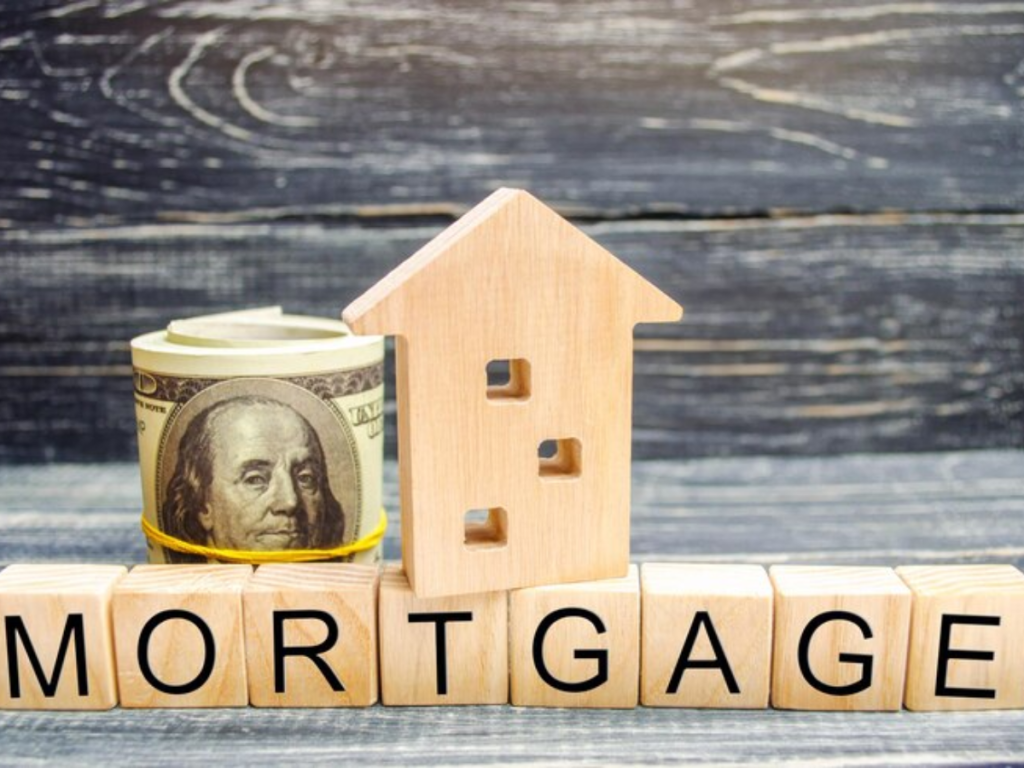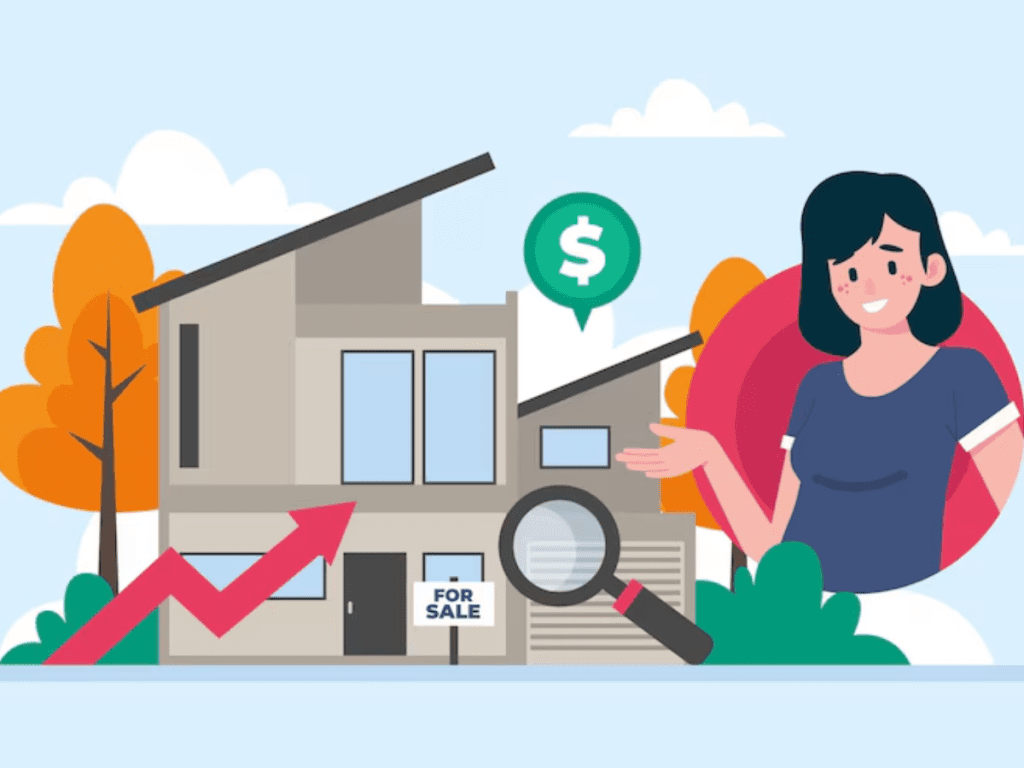Introduction
With the fast-changing economic landscape of today, homebuyers and homeowners who want to refinance are presented with a host of challenges. One of the main concerns is what kind of mortgage to use, and adjustable-rate mortgages (ARMs) are a subject of debate. The economic situation, characterized by increasing inflation, volatile interest rates, and so on, adds to the complications of choosing whether to opt for an adjustable-rate mortgage or a fixed-rate mortgage. ARMS have their definite benefits, yet they also incorporate risks that will have to be comprehended properly by the borrower. Understanding the advantages and disadvantages of ARMs and identifying who they are most appropriate for can assist borrowers in making a well-informed choice regarding their mortgage.
What Is an Adjustable-Rate Mortgage?
An adjustable-rate mortgage is a loan whose rate of interest varies periodically over the term of the loan based on the movement of a financial index. In contrast to a fixed-rate mortgage, in which the interest rate is fixed for the duration of the loan, an ARM will change based on market conditions. An ARM often begins with a lower initial interest rate than fixed-rate mortgages, and this can be appealing to some homebuyers.
How an ARM works is through the use of a period with a fixed interest rate followed by rate changes periodically thereafter. The periodic rate changes usually tie to some index, including the U.S. Treasury, the LIBOR (London Interbank Offered Rate), or other financial indicator. In conjunction with the index, the lender tacks on a margin and comes up with the rate to use in future periods. This combination of index performance and the lender’s margin will determine whether the borrower will see their mortgage payments rise or fall over time.
Standard forms of ARMs are 3/1, 5/1, 7/1, and 10/1 loans. In a 5/1 ARM, for instance, the interest is fixed for the initial five years before adjusting annually in relation to the performance of the selected index. Such a structure makes ARMs more fluid than fixed-rate mortgages and adds both benefits and risks.
The Pros of Adjustable-Rate Mortgages
There are a number of advantages to choosing an ARM, particularly in some economic and personal situations. Knowing these benefits can help you decide whether an ARM is appropriate for you.
Lower Initial Interest Rates
One of the most important benefits of adjustable-rate mortgages is their lower initial interest rates compared to fixed-rate mortgages. For most loans, the interest rate on the first few years of an ARM is significantly less than what the rate would be for a 30-year fixed mortgage. This can prove especially helpful to borrowers who wish to keep their payments lower during the initial period. With a lower initiation rate, loan borrowers tend to have lower payments in the early years of the loan, so there is some financial flexibility, and there’s a chance to have lower house costs.
In other instances, the interest rate might be as low as one or two points lower in the initial years of an ARM than a fixed-rate mortgage. Thus, ARMs become very attractive for first-time homebuyers or those who plan to switch or refinance in a matter of years since they get to benefit from lower costs without locking themselves into the lifetime of a fixed-rate mortgage.
Potential for Lower Monthly Payments
The lower initial interest rates of ARMs generally result in lower monthly mortgage payments, especially in the early years of the loan. For many homebuyers, particularly those who are newlyweds or those with limited financial means, this can be a major consideration. Smaller payments can release funds for other financial purposes, like retirement savings, education expenses, or the repayment of high-interest debt. ARMs could also allow a borrower to qualify for a larger loan than they would with a fixed-rate mortgage, as the monthly payment is lower at first.
For borrowers who will refinance or sell their houses prior to the time that the rate is adjusted, having the ability to pay reduced monthly installments for the initial years can mean a substantial saving. Even when the borrower ultimately experiences higher rates when the loan is adjusted, such savings may make the ARM a good option for individuals with short-term homeownership goals.
Flexibility for Short-Term Homeowners
One of the advantages of an ARM is that it has a lot of flexibility for temporary homeowners. If you do not intend to be in your house for longer than a few years, an ARM could be the best choice for you. Because the interest rate is only fixed for a few years before it starts to reset, this type of mortgage can be an affordable option for individuals who will sell their homes or refinance prior to the rate reset.
This adaptability is particularly appealing to individuals who are at a transitional stage of life. For example, those moving to a new job or others who are certain that they will move into a bigger house within a short while can take advantage of the lower initial payments provided by ARMs. Because it is not the intent to keep the house in the long term, the probability of increased payments after the introductory period could be low for these individuals.
Likelihood of Decreasing Rates
Yet another significant benefit of ARMs is the potential for interest rates to decline over the term of the loan. In the event that the financial index to which the mortgage is pegged declines, the interest rate of the borrower may also drop, leading to reduced monthly payments. This can be a specific benefit during times when the central bank (for example, the Federal Reserve) is reducing interest rates in an effort to stimulate economic growth.
Unlike a fixed-rate mortgage, where the borrower is locked into a certain rate regardless of market conditions, an ARM may give borrowers the potential benefit of lower rates in the future. This is particularly valuable in a declining interest rate environment, as borrowers would see their payments decrease over time, lowering the overall cost of the loan.
The Cons of Adjustable-Rate Mortgages
While adjustable-rate mortgages can be extremely helpful in some situations, they also involve significant risks and disadvantages. These need to be seriously taken into account before determining if an ARM is the best option for you.
The Risk of Increasing Payments
Among the biggest drawbacks to an ARM is the potential for higher payments when the interest rate starts to vary. Although the introductory rate is typically lower than on a fixed-rate mortgage, the rate could be higher once the fixed term has expired and the rate resumes adjusting, and it can vary considerably. This potential for the payment to climb can be taxing financially if the rate spikes very much, especially if the lender isn’t prepared.
For instance, a borrower who originally has a 3% interest rate on their ARM may find that their rate rises to 6% or more after the initial five years. This may cause a dramatic spike in monthly payments, which can be hard to sustain, particularly for borrowers who are paycheck to paycheck or lack a lot of financial flexibility.
Payment Shock
Payment shock is the drastic rise in the monthly payments which happens when the interest rate of an ARM renews higher. This sudden escalation in payments might be hard to bear for borrowers, particularly when they have not prepared for such an occurrence. At times, the borrowers may not be able to sustain their mortgage repayments after the rate change, and this would result in financial hardship or even the necessity of taking extreme measures, including selling the property or refinancing.
Payment shock is of special concern with quickly rising interest rates, as the changes might drive the borrower’s monthly payment to an amount that they are not able to afford. In the context of increasing inflation, or the Federal Reserve raising interest rates to manage economic conditions, borrowers with ARMs may find themselves in serious financial difficulty if they do not anticipate the increases.
Uncertainty of Long-Term Payments
The unpredictability that follows ARMs is another significant disadvantage. In contrast to fixed-rate mortgages, where the borrower has a clear idea of what his or her payments will be throughout the life of the loan, ARMs are exposed to changes in interest rates. Since the interest rate is reset from time to time, the borrower’s payment can also change, making it harder to budget for future spending. For those homeowners who like the stability of having predictable payments, the unpredictability of ARMs is disconcerting.
During periods of economic uncertainty, when interest rates are increasing or changing erratically, this unpredictability can be especially hard to deal with. Homebuyers seeking long-term stability and not wanting to risk future increased payments may find ARMs too risky for their purposes.
Complicated Terms and Conditions
Adjustable-rate mortgages are often more complex than fixed-rate loans, with terms and conditions that do not always clearly spell out the true costs of a loan to the average borrower. For example, some ARMs include provisions that cap the amount by which the interest rate may be increased every time the interest rate changes, but these caps are not always sufficient to protect the borrower from extreme price fluctuations in the market. In addition, the index that the ARM is pegged to and the margin applied by the lender can have a great influence on the rate at which interest will fluctuate in the future.
If the borrower does not get all of these terms, they can get caught off guard by rate increases or be unclear on how the rate changes will occur. Borrowers need to read carefully through all the terms of the ARM, such as the rate adjustment schedule, the index used, and the lender’s margin added, so that they know all the possible risks and benefits.
Who Is an Adjustable-Rate Mortgage Right For?
Due to the distinct nature of adjustable-rate mortgages, they are best for specific borrowers. If you are thinking about getting an ARM, you should consider your financial situation, your future plans, and your capacity to manage possible rate hikes.
Short-Term Homeowners
As described earlier, ARMs are most suitable for individuals who do not intend to be long-term occupants of their residence. If you anticipate selling or refinancing your property in the near future, an ARM helps you enjoy low introductory rates while avoiding the anxiety of future rate hikes.

